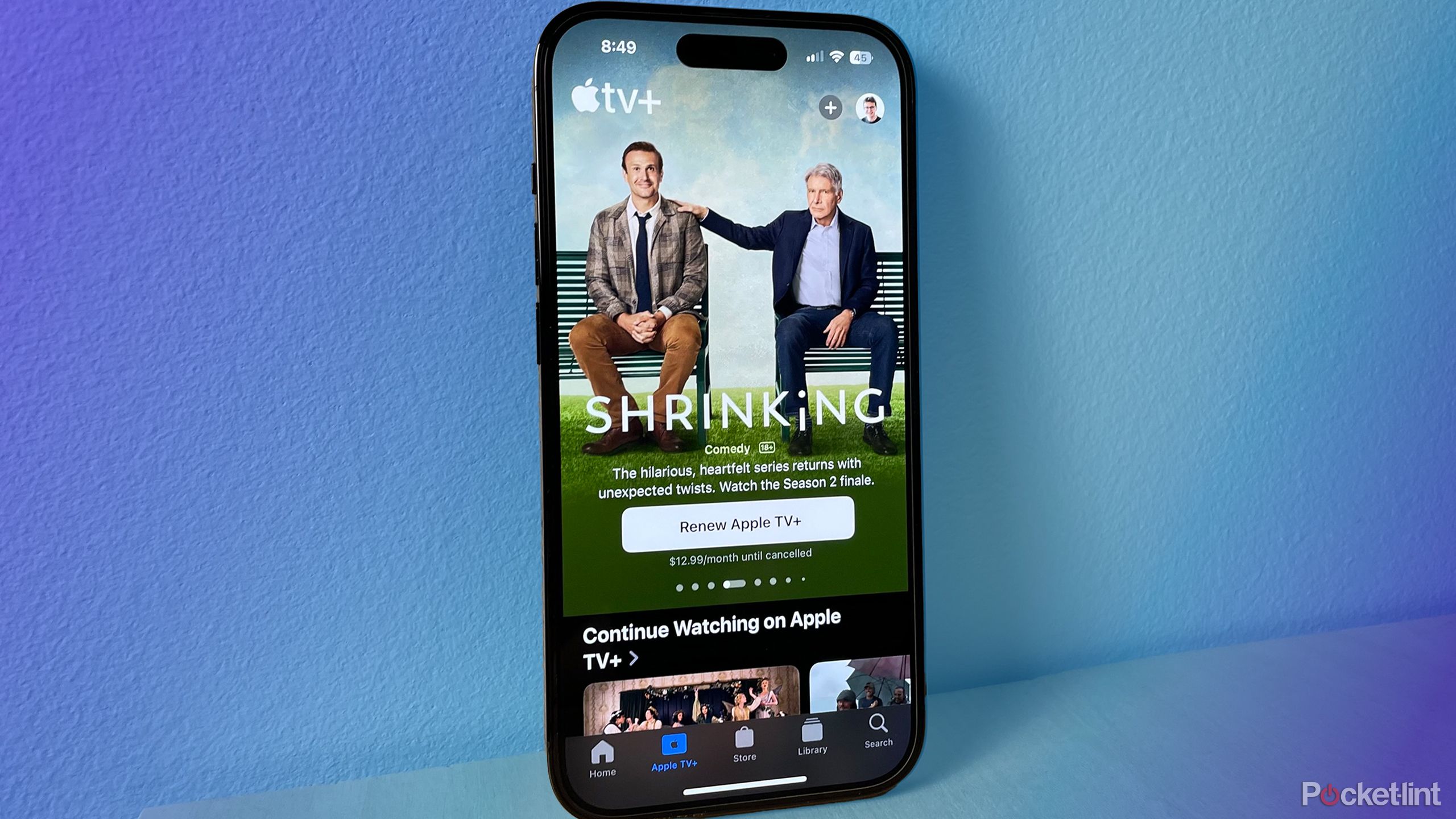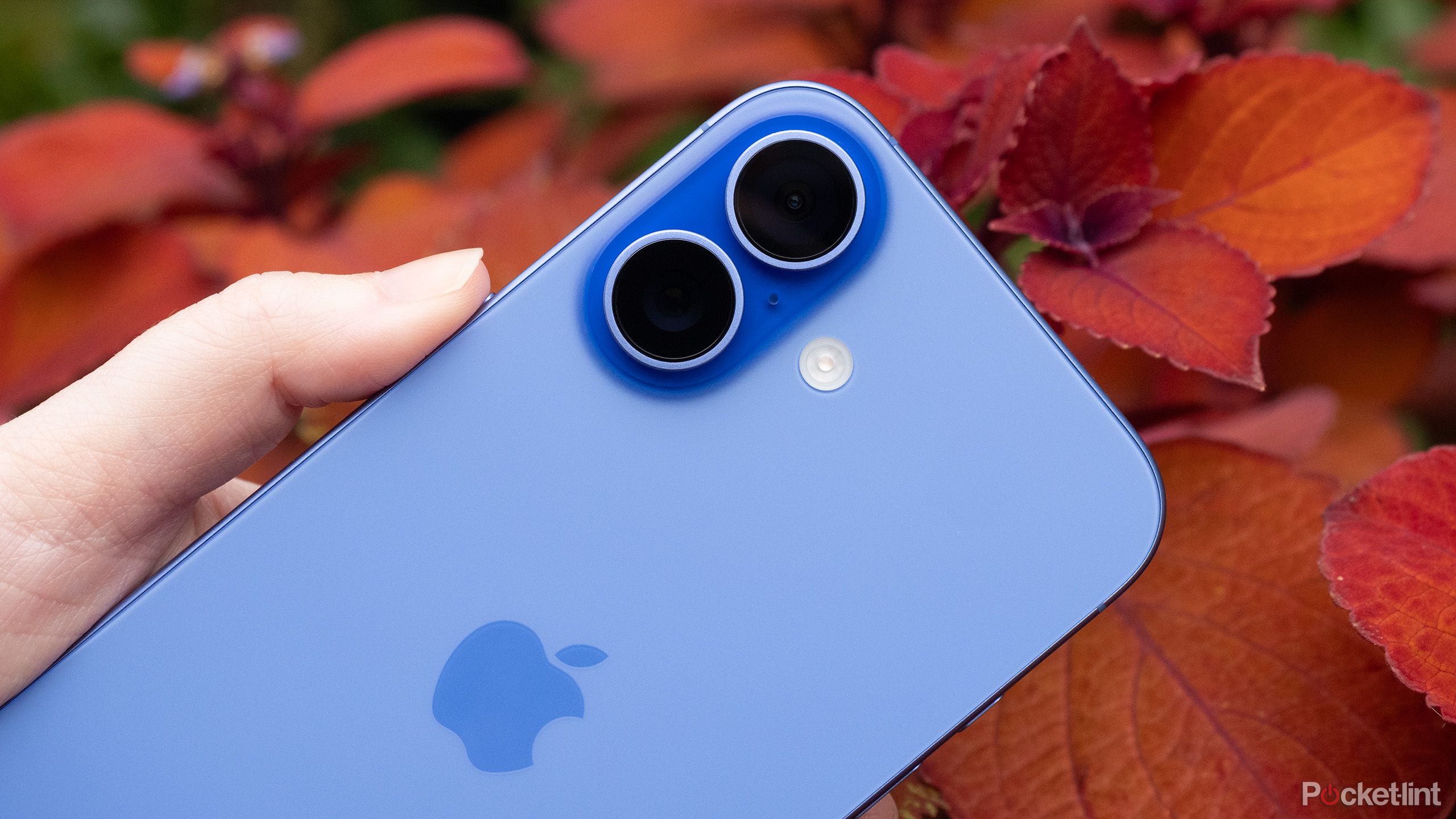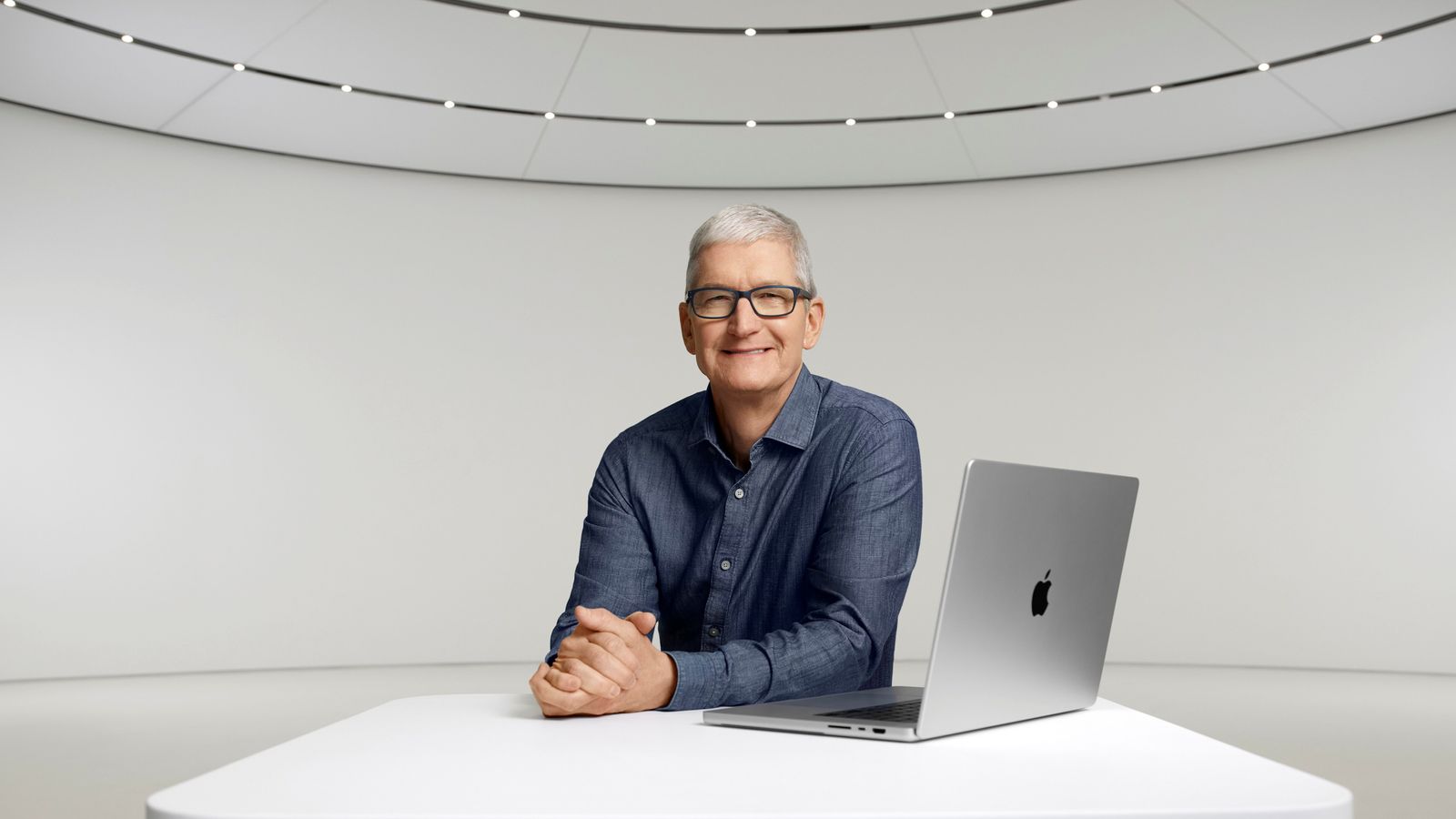Intel shows off iMessage and Apple Watch health data on a Windows PC
What you need to know
Intel has shown a Windows PC sending iMessages and receiving data from an Apple Watch.
An unreleased Evo PC is required for this to work.
Intel says it wants to work with Apple to bring similar support to everyone.
Just don’t expect to be able to use this yourself any time soon.
As CES rattles along Intel has shown off a Windows PC running two things you really don’t see every day — Apple’s iMessage as well as health data pulled from an Apple Watch. The demonstration came as Intel shared details of the next generation of Evo PCs and was definitely an impressive watch.
Getting iMessages into a Windows PC isn’t something Apple supports but the ease with which it appears to be running in demo app on-stage is impressive. We see someone send an iMessage using their Evo PC from within a bespoke app, but that just sets the scene for something that’s even more impressive — health data pulled directly from an Apple Watch. In the demo, we see heart rate, blood oxygen, and even ECG data displayed on an Evo PC as if it was nothing. We don’t get to see exactly which Apple Watch or iPhone is being used, but iPhone 13 and Apple Watch Series 7 should both be good to go.
Intel’s Evo PCs are designed for businesses, but an Engadget report suggests that Intel wants to be able to bring the same functionality to everyone at some point and it’s even willing to enlist the help of Apple to make that happen. Quite how receptive Apple will be is another matter, of course.
According to Josh Newman, Intel’s VP of Mobile Innovation, the company plans to bring Screenovate’s technology to Evo PCs in the 2022 holiday season. The goal, naturally, is to offer it to more PCs eventually, but Newman says Intel wants to ensure that it’s a high quality experience before that. The company plans to work with partners, including Apple, to make that happen.
You can see a brief demonstration of the iPhone and Apple Watch integration in the video above — just hit play and you’ll be taken straight to the correct timestamp.




